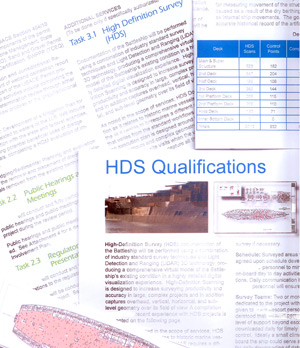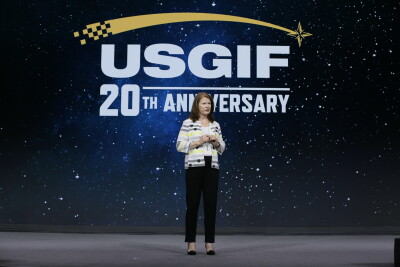There is no document more critical to the success of a project than the Request For Proposal (RFP) that outlines the work to be performed and sets the standards by which all work should be evaluated. Too often they serve as a notice of the ignorance of the RFP’s author concerning all things 3D imaging. This is not because the author is stupid, just uninformed and typically new to the world of point clouds and BIM. Ironically, the creation of the RFP often serves as the introduction to the details of the 3D imaging world for an author who just wants to contract data collection services in a way that guarantees his project moves along swiftly.
Here is my contribution to all of you proposal writers out there; five topics every Request for Proposal should include when 3D imaging is involved.
- Schedule: For some reason every project that comes across my desk has two scheduling issues; 1) they need the bid yesterday and 2) they have no idea when they plan to start the field work. Sometimes this is unavoidable but to be clear, neither of these will reduce your cost! In general, the more information you can provide, the less I have to guess. Guessing makes me nervous and I pad the proposal to cover the “unknowns.” Scheduling information is especially important if you are contracting for mobile scanners. Time spent on the road not scanning costs them the same as time scanning so they are keen to reduce their unnecessary travel as much as possible. Think of it like buying airline tickets. A travel window is always cheaper than a specific flight tomorrow morning.
- Accuracy Needed: The ill-informed tend to do one of three things here. They either leave out any reference to accuracy or they define an accuracy standard that exceeds the accuracy of any scanner on the market or they confuse accuracy with resolution. The highest range accuracy published so far this year for a terrestrial laser scanner is 6mm. I can produce registration results that exceed that level of accuracy but that doesn’t really have anything to do with each individual measurement. The best thing to do is be honest about the amount of “wiggle room” you can live with. Make the standard more strict than that but no more. On average, higher accuracy equals higher costs.
- Assets to Be Collected: Essentially what I am looking for is an average resolution that I need to have in my point cloud. However, I don’t trust most people when they tell me how many centimeter/inches/whatever apart they want my point spacing to average. Try asking a group of people to use their fingers to show you how long three centimeters is. Now you know why I ask, “What is the smallest asset that you need to see in the point cloud?” I suggest you write your RFP the same way. For example, “The point cloud should be of sufficient density to allow for the accurate location of all piping greater than 1-inch in diameter,” then leave it up to the service provider to determine what resolution is necessary to accomplish this task.
- Coordinate System: If you want my 3D data to align with any other data you have or plan to obtain, we need to agree on a common coordinate system. Which coordinate system you want is immaterial (unless you are asking me to create a master grid for the entire project). However, you should expect me to check the validity of the existing control points if I am being asked to use them to control my work.
- Deliverable Required: If you state that you want a particular format or file type you had better be sure that you know what you are asking us to deliver. There is nothing worse than delivering a PTX with 2.5 billion points as requested and then getting a call because the client can’t open it in AutoCAD. I can fix that, but it takes time and that means more money from you or out of my profit. Either way, we are both falling behind schedule! So, don’t be afraid to outline what you plan to do with the deliverable. If you are paying good money for a service provider, get your money’s worth. Let them use their knowledge and expertise to give you exactly what you need to move the data through your system with as few interruptions as possible.






